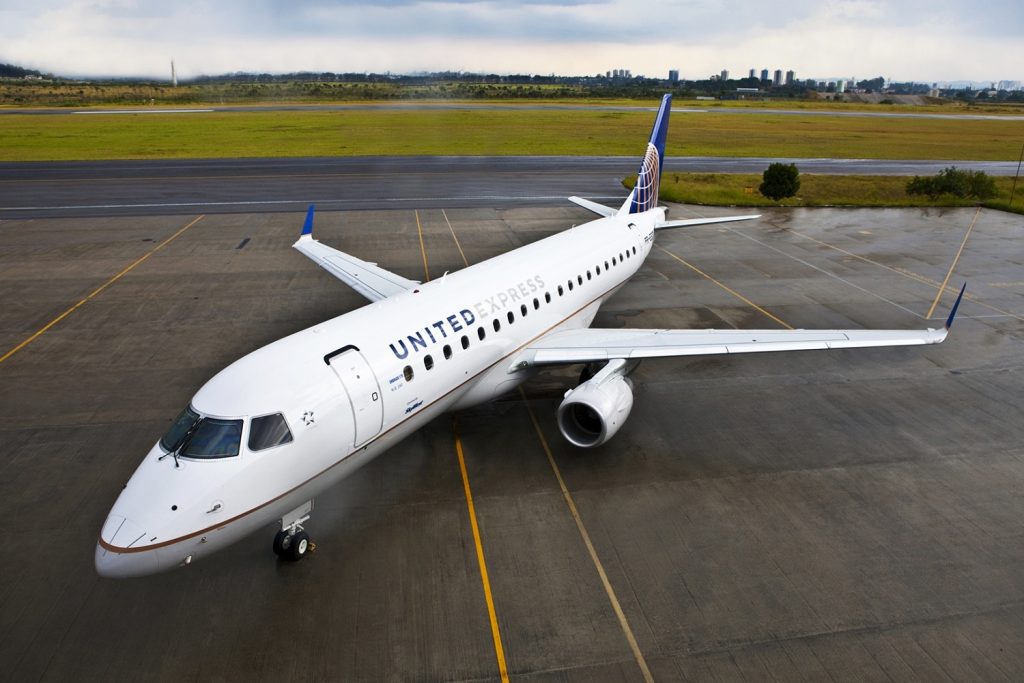United Powers Through the 737 Max Waiting Game With Strong Earnings

Skift Take
As United waits for its Boeing 737 Max aircraft to eventually enter service, so, too, is its growth plan on hold following a solid fourth quarter. The good news is that its competitors are facing the same issue.
While United Airlines posted strong fourth quarter 2019 earnings, the result of solid international business and reduced costs, the Boeing 737 Max debacle is still expected to represent a problem going forward.
Fourth quarter net profit totaled $641 million, an increase of 55 percent year-over-year, while revenue rose 3.8 percent year-over-year to $10.89 billion.
The airline's Latin American business grew 6.6 percent in the fourth quarter, boosted by strong demand in Mexico and Brazil. Otherwise, though, its other operations were relatively flat in terms of passenger revenue per available seat mile. Uncertainty in
